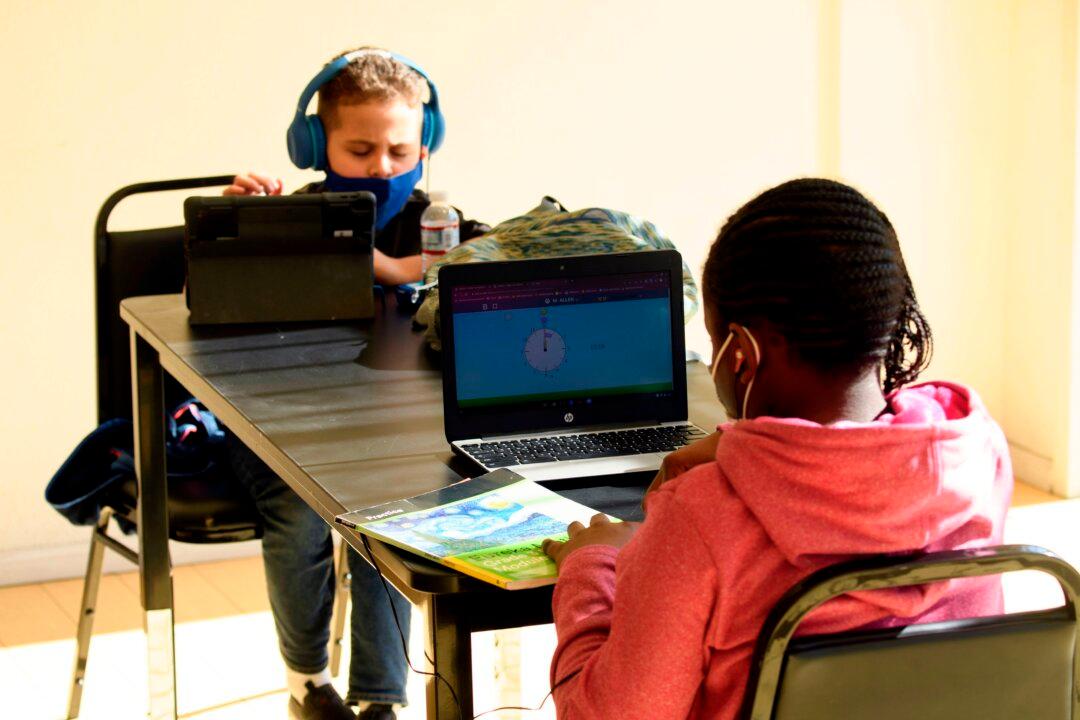Sixty percent of Australian children have watched harmful online content, including drug taking, suicide and violent sexual material unbeknownst to their parents, who did not know what their children were exposed to on the internet, a new study has found.
Julie Inman Grant, the commissioner of eSafety—Australia’s independent regulator for online safety, released research investigating the online risks facing children on Safer Internet Day (Feb. 8).





